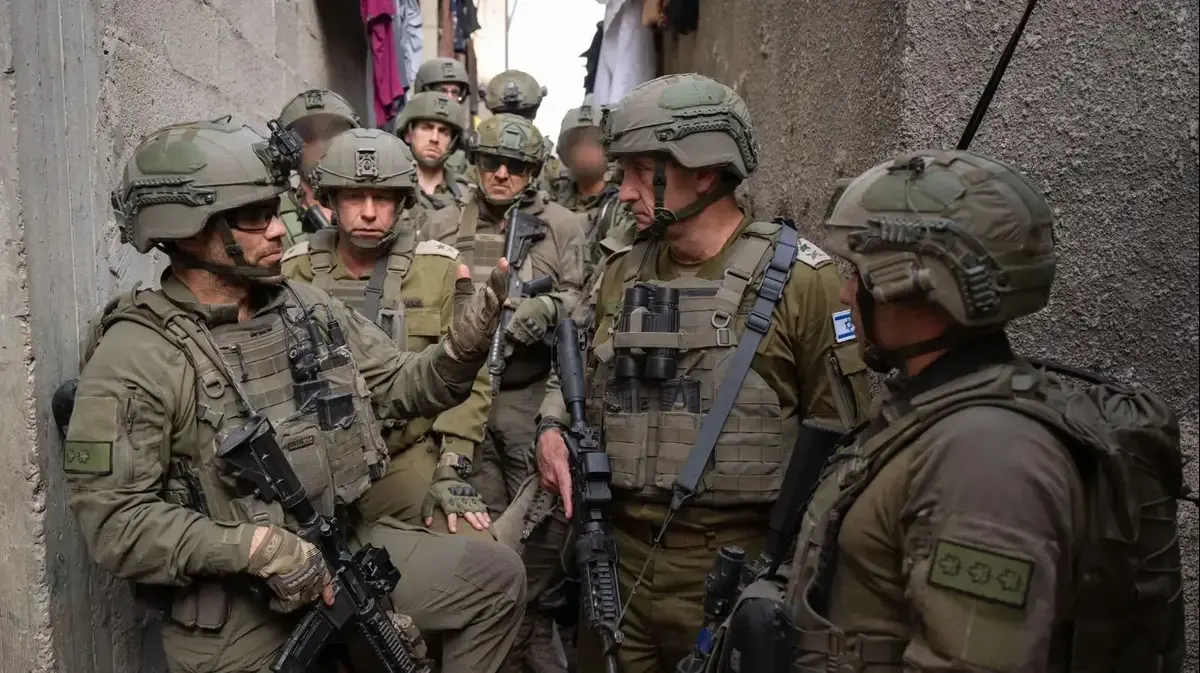In recent weeks, the 98th Division of the Israeli Defense Forces (IDF), commanded by Brigadier General Dan Goldfuss, has been engaged in intense fighting in the Jabaliya area. This is a significant development as it marks the first time the IDF has penetrated the heart of Jabaliya, rather than just its outskirts in the northern Gaza Strip. The ongoing battle is divided into three phases focusing on the city of Jabaliya, the village of Jabaliya, and the Jabaliya refugee camp. Colonel Ami Biton’s paratrooper brigade has been specifically targeting the refugee camp, resulting in the death of over 85 Hamas terrorists.
Initial security assessments indicated the presence of a single Hamas battalion in Jabaliya. However, the conflict revealed that three distinct battalions are actively resisting the IDF's advance. The militant groups, many of whom fled from other areas, are fighting both above and below ground. IDF forces faced significant resistance upon entering the refugee camp, including anti-tank missiles, explosive devices, and sniper fire. Despite these challenges, the 98th Division successfully dismantled significant terrorist infrastructures, including command centers and weapon stockpiles.
A major challenge for the troops is meticulously scanning crowded buildings within the refugee camp, which may hide terrorists or abductees. Another pressing issue is maintaining operational discipline and vigilance amidst prolonged military engagement. The fighting environment is notably complex due to the dense building structures, many of which are interconnected by underground tunnels. These buildings, often fortified as combat compounds, present substantial difficulties for the IDF.
Compounding the physical confrontations is a psychological war waged by Hamas. Recently, the terrorist organization released a video purporting to show the bodies of abductees. Abu Obeidah, the spokesman for Hamas's military wing, claimed that their fighters had engaged IDF soldiers in close combat within Jabaliya, resulting in fatalities and claimed abductions. However, the IDF has firmly stated that no soldiers have been kidnapped, despite the disturbing images of military equipment and bodies shown in the footage.
Hamas has a history of releasing psychological terror videos throughout the conflict, aiming to demoralize Israeli forces and civilians. These videos often feature abductees under duress, reciting messages dictated by their captors. Recent examples include footage of Nadav Popelval, kidnapped from Kibbutz Nirim, and a video featuring 8-year-old Ella Alykim, abducted on October 7 and later released after 51 days.
The conflict in Jabaliya exemplifies the broader, multifaceted strategies employed in modern warfare, combining conventional military tactics with psychological operations. The IDF’s efforts to secure Jabaliya continue amidst these challenges, highlighting the persistent and complex nature of the struggle against Hamas.
- The operational environment in Jabaliya is uniquely challenging due to its dense urban landscape and extensive network of underground tunnels, facilitating both defensive and offensive operations by Hamas. Buildings are often designed as fortified combat compounds, complicating efforts to subdue militants and rescue abductees.
- Hamas's use of psychological warfare through the release of terrorizing videos aims to weaken the morale of Israeli forces and civilians. Such tactics, while not new, have been particularly effective in sowing fear and confusion amidst the ongoing conflict. These videos often feature staged scenes intended to portray Hamas's supposed victories and capabilities.






